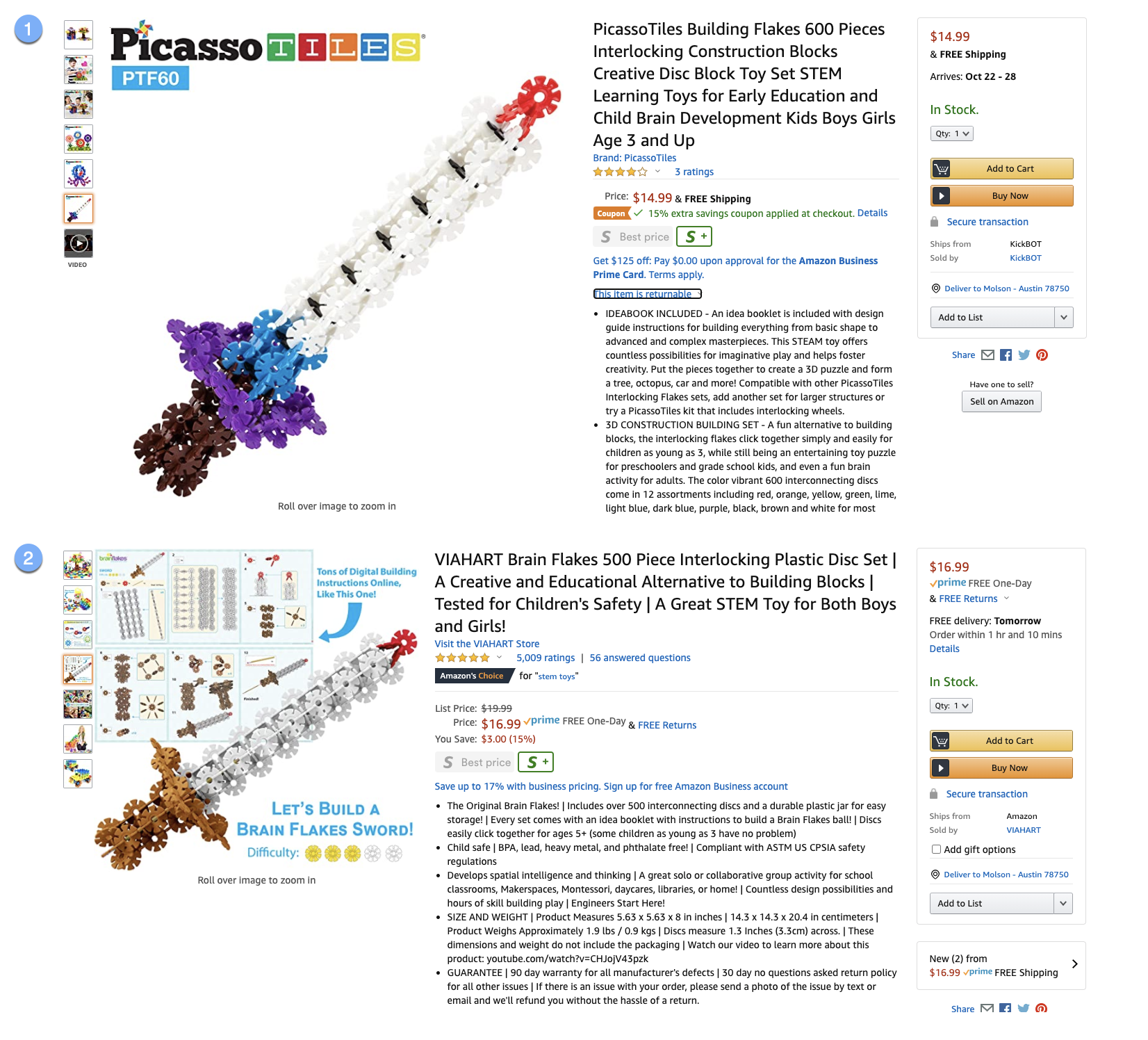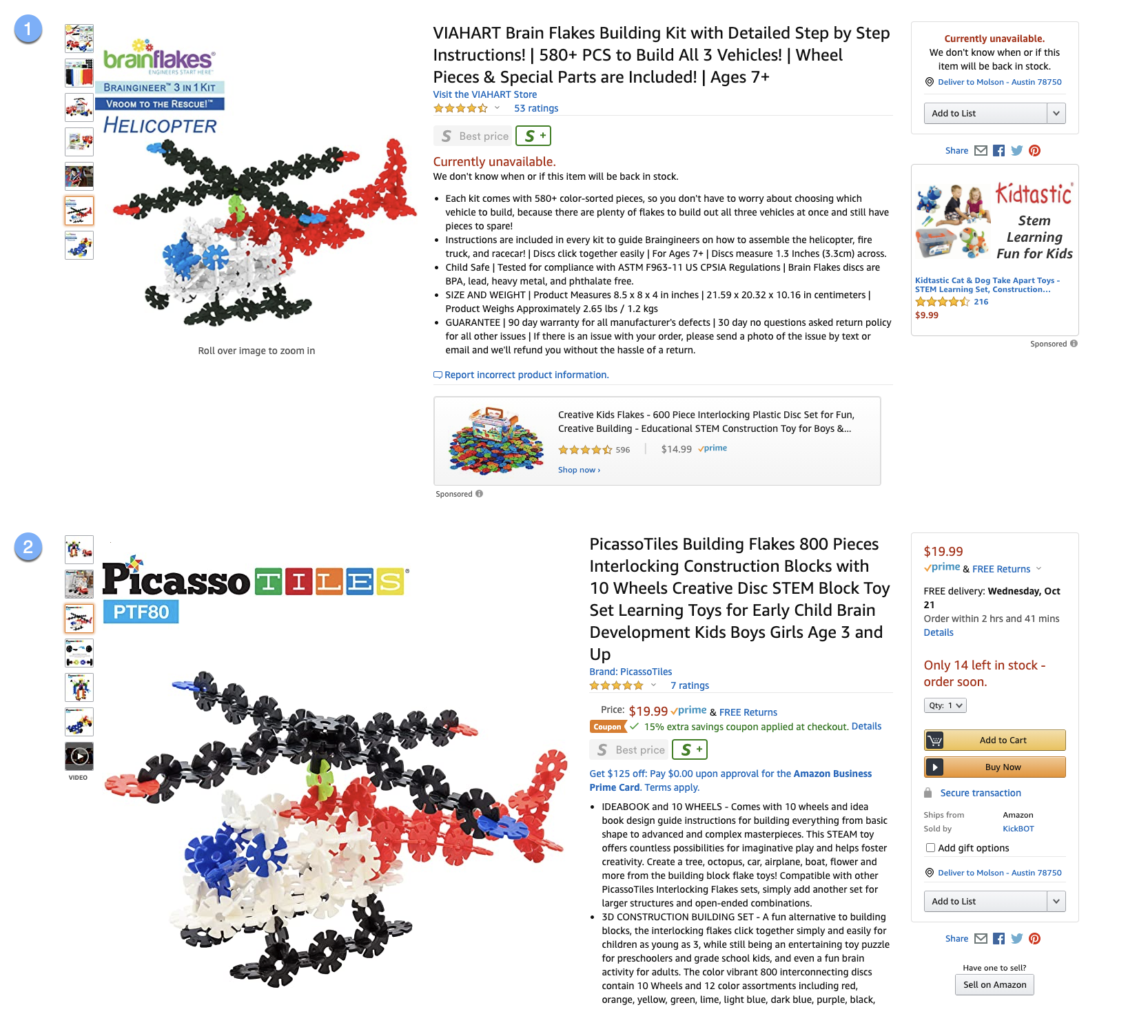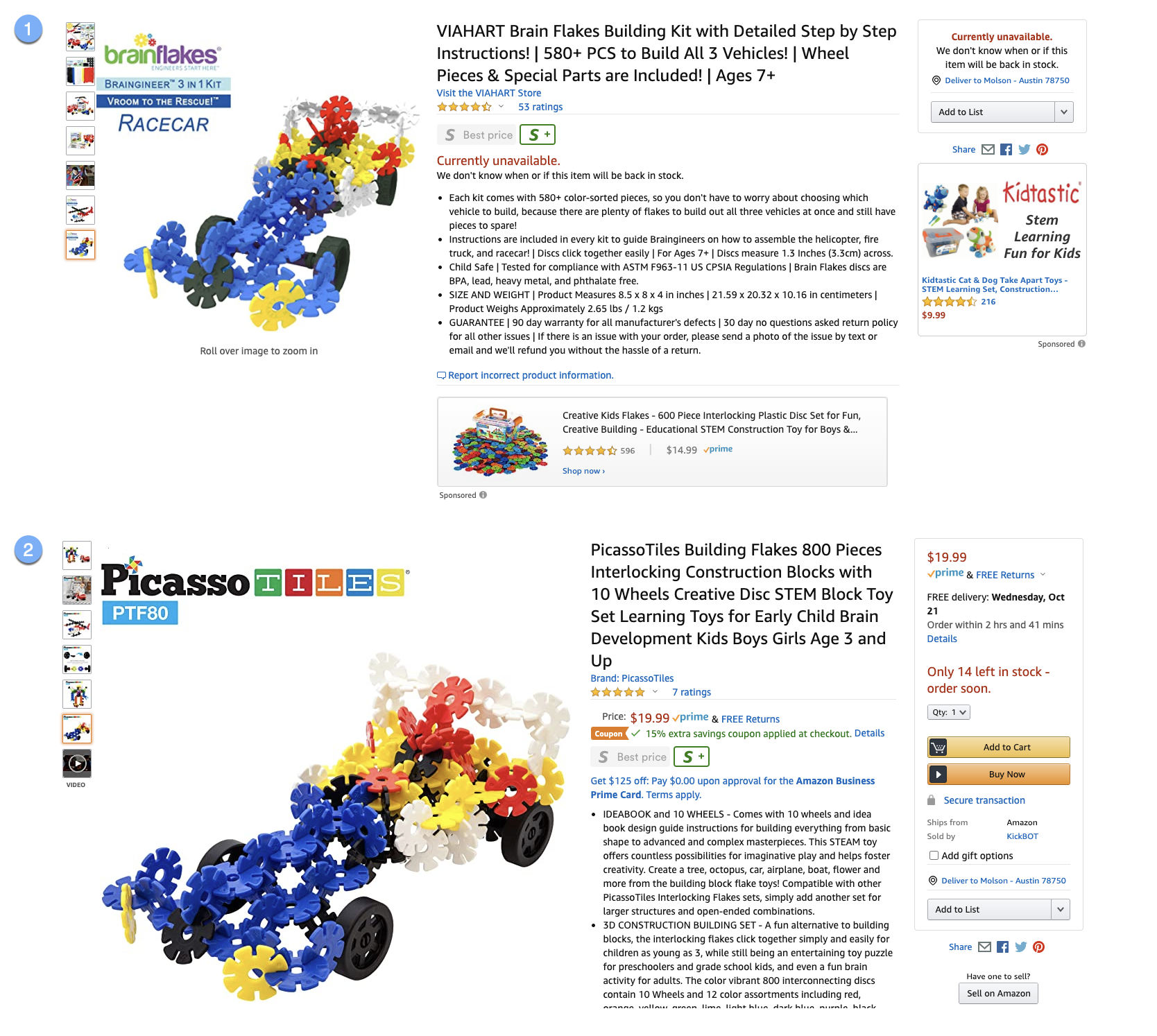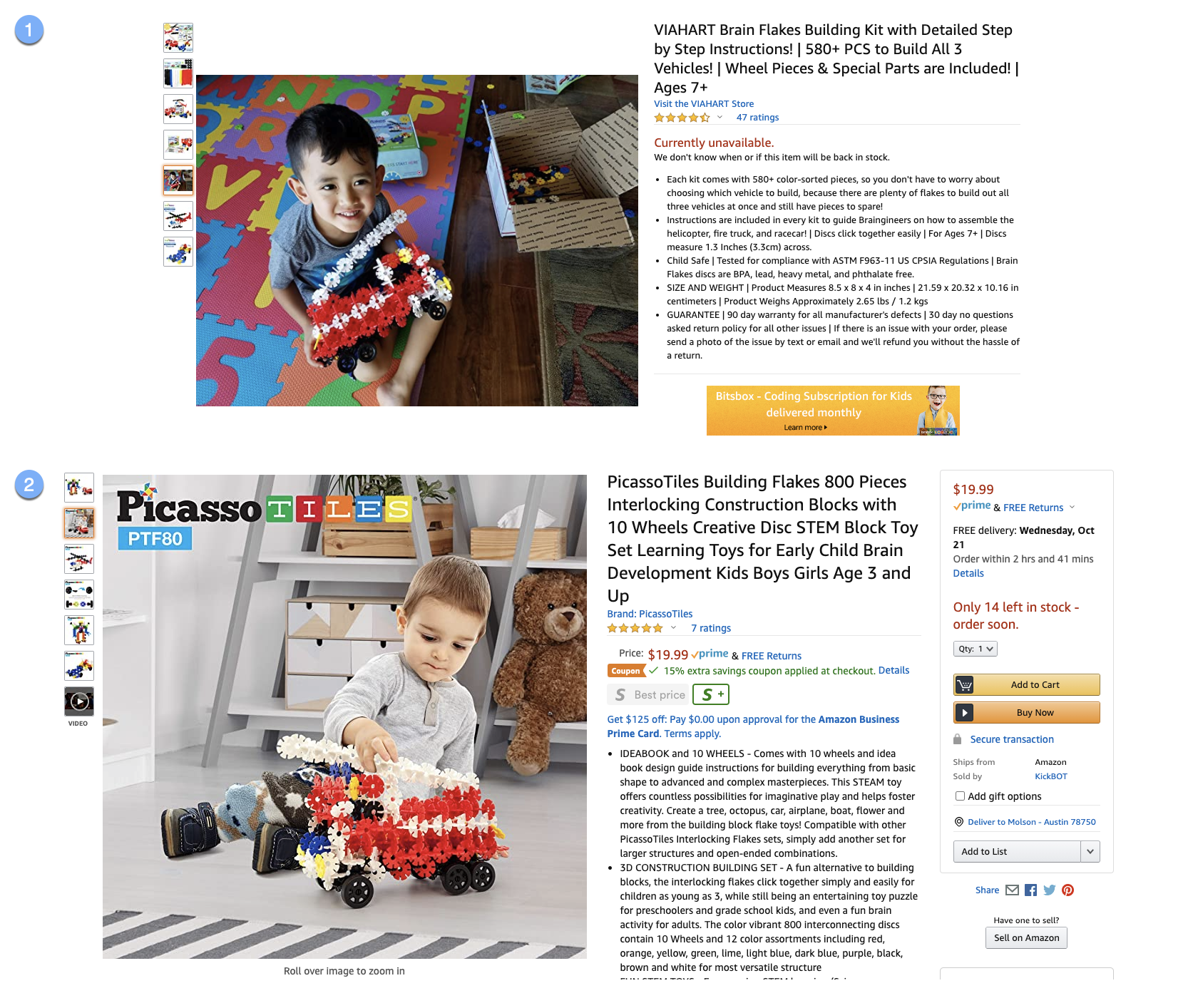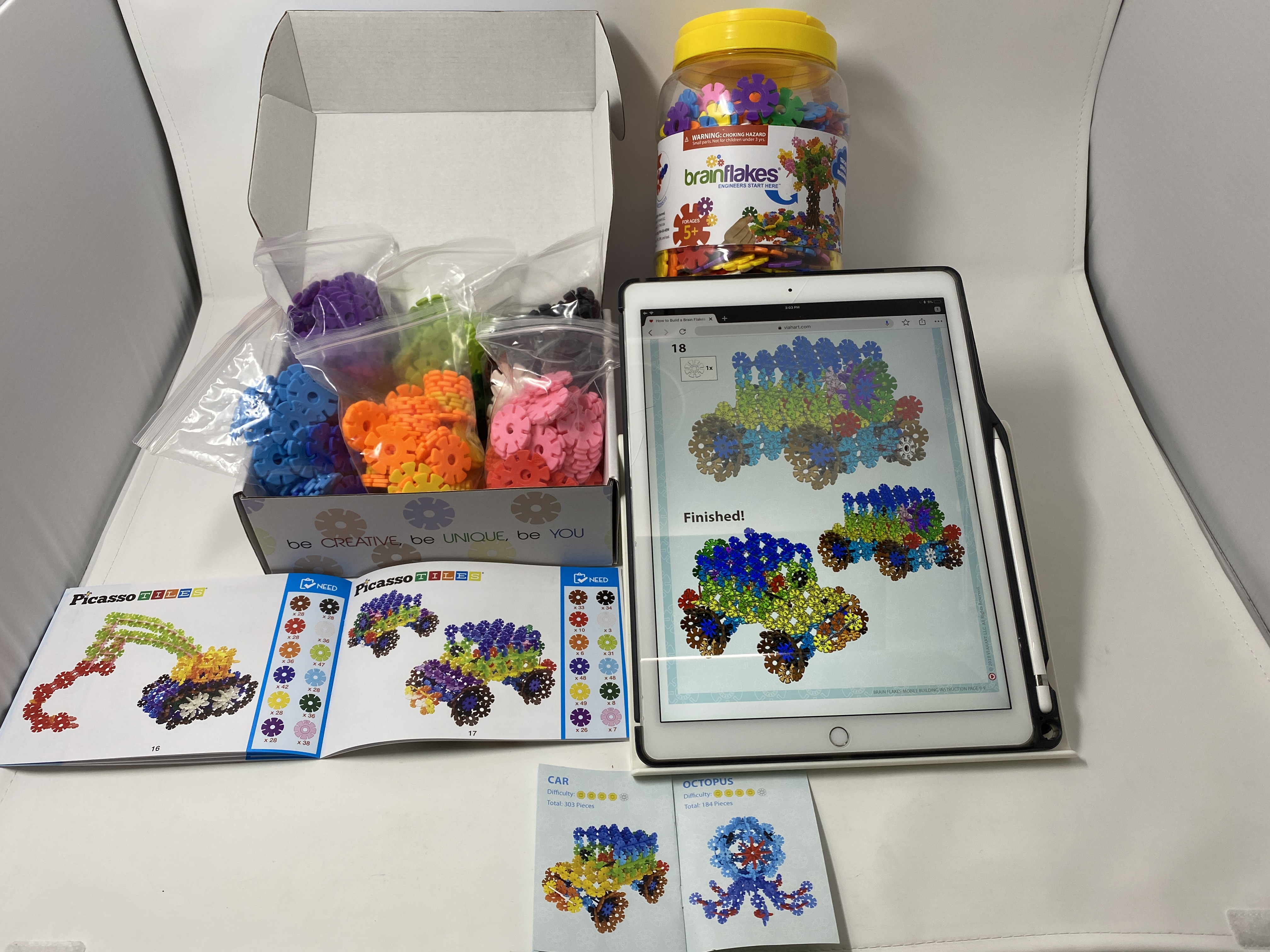Starting a physical product company? You’re gonna need a lawyer.
18th Oct 2020
My name is Molson Hart. I’m the CEO of a consumer products company I founded 10 years ago, called Viahart. We design and distribute toys and other physical products. In 2019, we did $4.5 million in sales and in 2020 we should do $8 million. I am not a lawyer, but our products have been so frequently copied that I’ve become an expert on protecting companies from copycats.
In this short article, I will tell you three things:
- What it’s like to have a hit product
- How to protect your hit product
- How to pursue your copycats
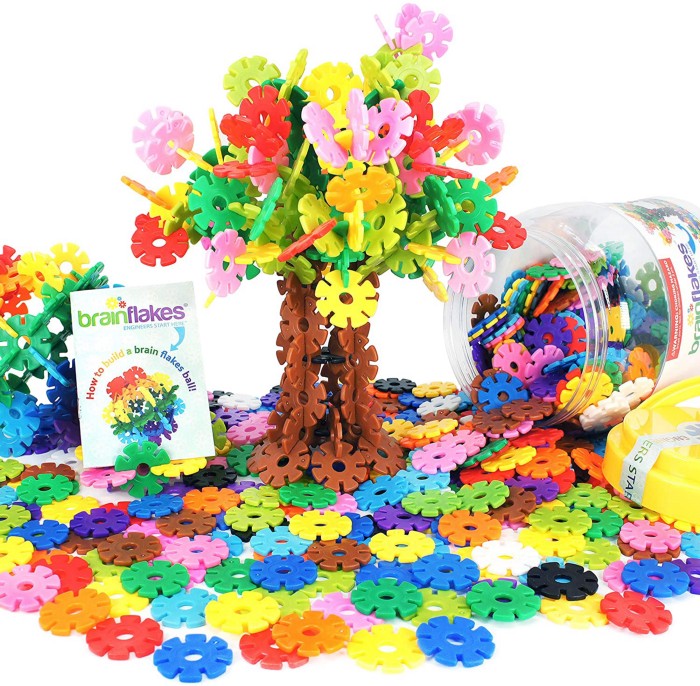
Brain Flakes® Interlocking Disc Set — Our second hit product and our current best seller! Our mission is to enable the world’s next generation of engineers through confidence building and spatial learning.
What it’s like to have a hit product
When you launch a new product, you will know almost instantly whether it’s a hit. Something just “clicks” with consumers. We first launched Brain Flakes® in September 2014, and I remember just a few days later seeing that we had sold out on Amazon. I had never seen anything like that before and thought it was some sort of fluke. It wasn’t. Sales went like gangbusters immediately.
Within a year, we had our first copycats. Within two years, we had 100s of companies knocking off our product. This is typical. Success attracts all sorts of different types of companies copying your brand, designs, and product. We had small businesses in the US doing it, Chinese in China, large American businesses whose business model focuses on copying, and even our own suppliers in China all trying to get in on Brain Flakes®. This is par for the course for any hot new product.
Depending on how good your copycats are, they will steal your sales and chip away at your market share. From July through September of this year, 73% of searches for “Brain Flakes” on Amazon resulted in a sale for our company, but 16% went to “Creative Flakes” by Creative Kids, a company we have sued.
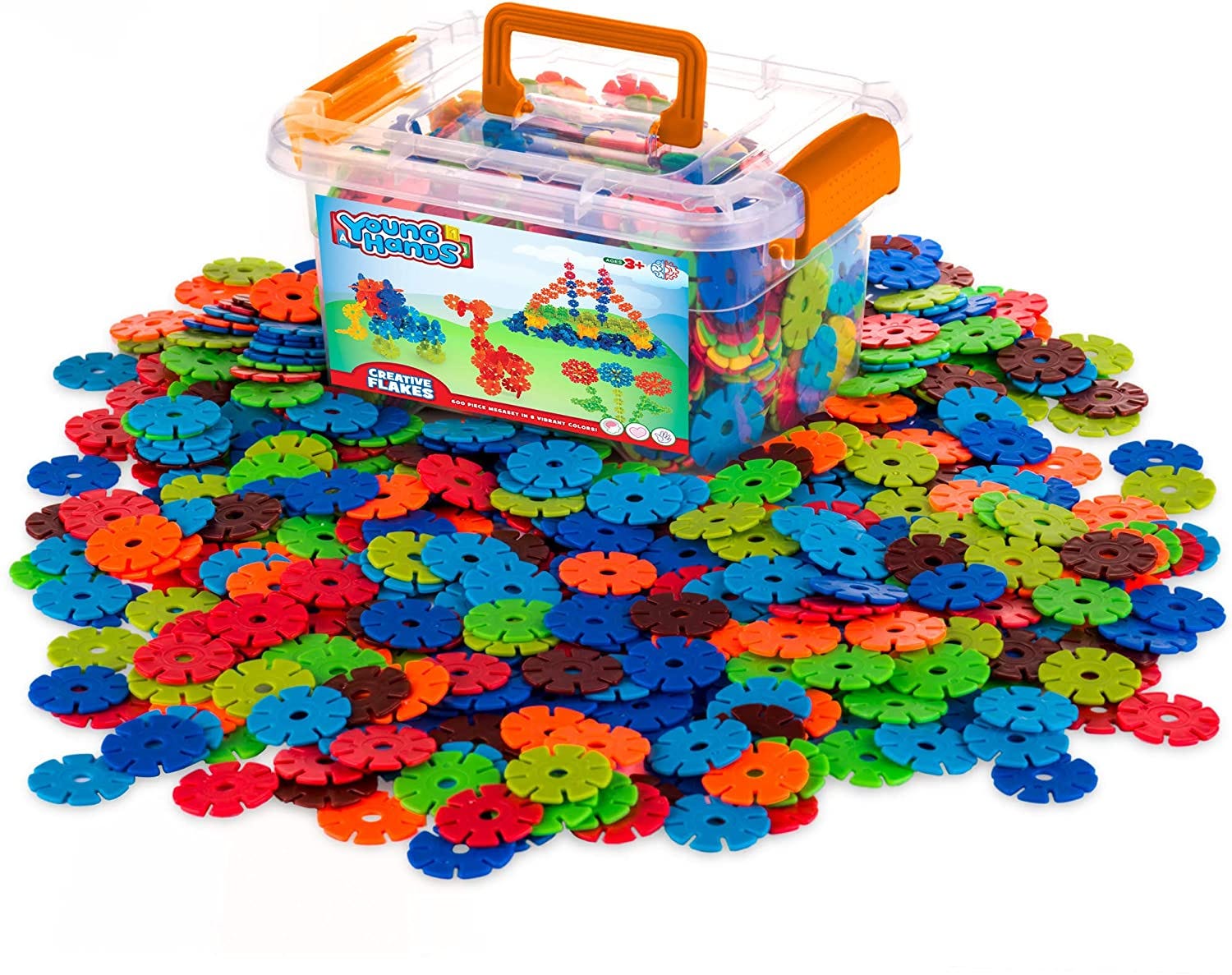
Our company received a Better Business Bureau complaint from a confused consumer for this product, even though we don’t make it.
How to protect your hit product
If you are successful, you will be copied and the copies will take your sales. You need a way to prevent this and that is “intellectual property” or “IP”. This is a catch all term for an exclusive license from the government to sell something you created. There are three main types:
- Trademarks. You can trademark a brand name like “Nike”, a logo (like the Nike® Swoosh), a sound (like the NBC chimes), or even the look of your packaging (like a bottle of Coca-cola or Maker’s Mark). They cost around $1,400 to file, including the advice of an attorney. You want a good attorney to do this for you. I made the mistake of launching a brand that was too similar to another company’s and we had to rebrand our product line after 4 years of making a name for ourselves. Ugh.
- Patents. There are two types of patents, utility patents and design patents. Utility patents are granted for functional designs, i.e. a new fork which makes it easier to eat spaghetti. Design patents are granted for superficial designs, i.e. a new fork which has stars embedded on the handle. Utility patents cost around $6,000 including legal fees and drawings. Design patents are around $1,500 all-in. Since utility patents are expensive, before paying for attorney, file a provisional patent application yourself ($150) before revealing your product. That will give you 12 months to explore whether or not your product is viable. If it is, get an attorney before the 12 months expire.
- Copyrights. In the physical product world, you can file a copyright for advertising copy, your packaging art, or even your e-commerce photos. They cost $65 to file with the US Copyright Office and you do not need an attorney to do it. Be sure to read a few how-to’s before attempting it yourself though.
Note that in the above fee estimates, I gave you total prices. You do not need to pay your attorneys hourly. I recommend against it. Have them quote you a guaranteed maximum price.
How to protect your hit product
If you are successful, you will be copied and the copies will take your sales. You need a way to prevent this and that is “intellectual property” or “IP”. This is a catch all term for an exclusive license from the government to sell something you created. There are three main types:
- Trademarks. You can trademark a brand name like “Nike”, a logo (like the Nike® Swoosh), a sound (like the NBC chimes), or even the look of your packaging (like a bottle of Coca-cola or Maker’s Mark). They cost around $1,400 to file, including the advice of an attorney. You want a good attorney to do this for you. I made the mistake of launching a brand that was too similar to another company’s and we had to rebrand our product line after 4 years of making a name for ourselves. Ugh.
- Patents. There are two types of patents, utility patents and design patents. Utility patents are granted for functional designs, i.e. a new fork which makes it easier to eat spaghetti. Design patents are granted for superficial designs, i.e. a new fork which has stars embedded on the handle. Utility patents cost around $6,000 including legal fees and drawings. Design patents are around $1,500 all-in. Since this is a lot of money, before paying for attorney, file a provisional patent application yourself ($150) before revealing your product. That will give you 12 months to explore whether or not your product is viable. If it is, get an attorney before the 12 months expire.
- Copyrights. In the physical product world, you can file a copyright for advertising copy, your packaging art, or even your e-commerce photos. They cost $65 to file with the US Copyright Office and you do not need an attorney to do it. Be sure to read a few how-to’s before attempting it yourself though.
Note that in the above fee estimates, I gave you total prices. You do not need to pay your attorneys hourly. I recommend against it. Have them quote you a guaranteed maximum price.
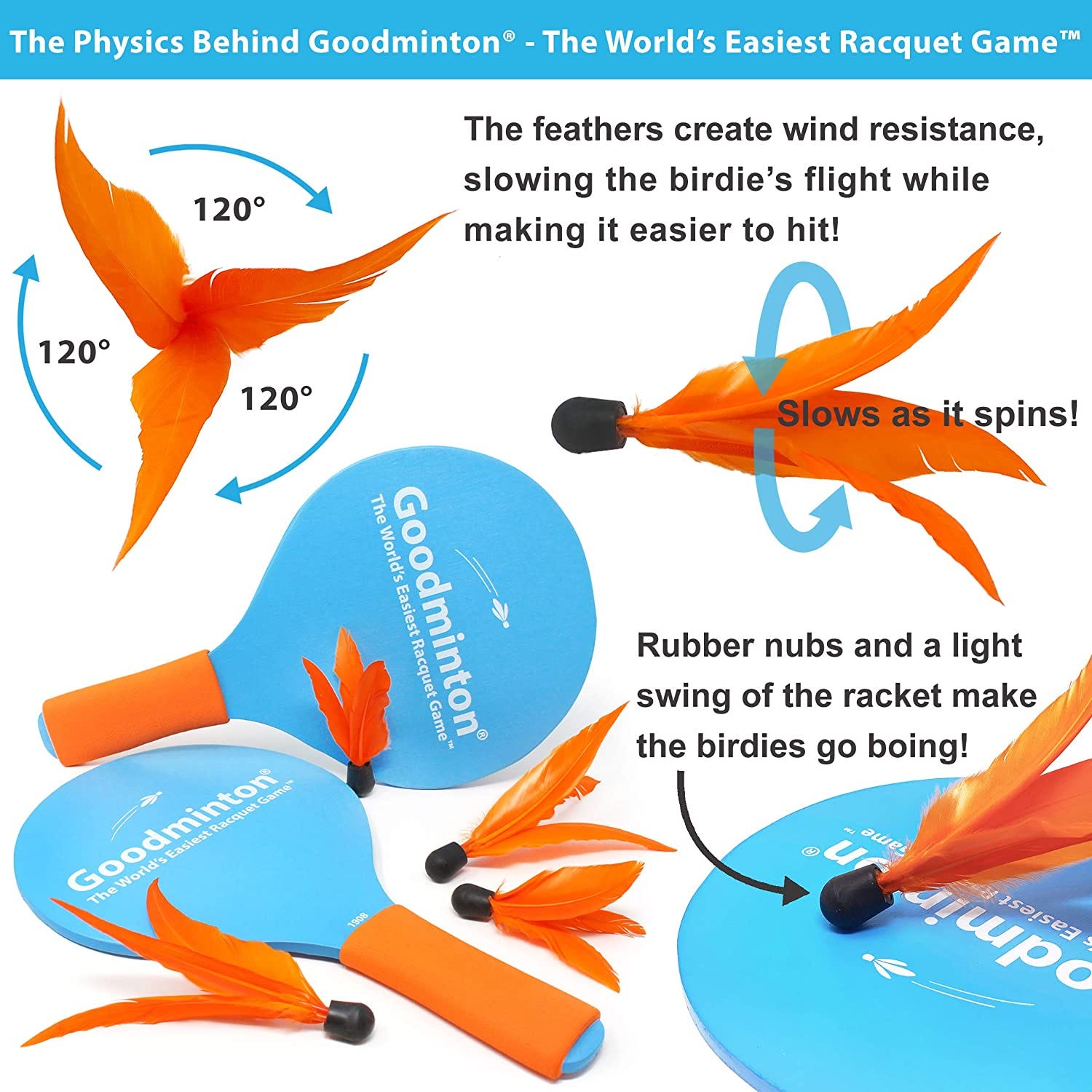
Goodminton® — The World’s Easiest Racquet Game™. Improving the hand-eye coordination of children while bringing friends and families together!
Let’s look at the above example. We trademarked the brand name Goodminton®. It registered so it gets a cool little ® after the brand. We laid claim to the slogan “The World’s Easiest Racquet Game” by writing ™ at the end of it. We can register this trademark later. We could apply for a utility patent on the special rotate-as-they-spin birdies. We could apply for a design patent for the shape of our paddles. Finally, we could copyright the image you see above or even the text we use to describe the product.
If you succeed in registering any of the above intellectual property (IP), you will have the right to report it as infringing to e-commerce marketplaces such as Amazon (which may take it down), and you will be entitled to damages from your copycats for sales which occurred after the registration. If a court finds that the copying was intentional, they may triple your damages award.
How to pursue your copycats
No matter how great of a job you do protecting your product, if it’s successful in the market, people are going to copy you. Sometimes they will design around your IP, oftentimes they won’t. Unfortunately, there is no one-size fits all strategy for pursuing your copycats. It depends on where they’re based, where you’re based, how they copied you and so on, but I can still give you some general tips:
- If you can solve your problem without a lawyer, do it. If you’re worried about putting your foot in your mouth, have a lawyer advise you, but it’s not necessary that they draft and deliver a cease and desist. You can do it, too. One of the best ways to resolve a legal dispute is via a phone call with the other side’s decision maker with the lawyers out of the room. Keep your cool and give it a try.
- If you can solve your problem without a lawsuit, do it. Lawsuits are expensive, stressful, and time consuming. My company has many times spent $30,000 in legal bills to recover $20,000 from a copycat.
- If you need a lawyer and to file a lawsuit, try to get one on contingency. Contingency means that, instead of earning money by the hour, the attorney gets a portion of the money you recover. They’ll care more and your incentives will be better aligned.
Do you have what it takes?
Without IP, you will not make money. Bigger companies with lower costs and worse ethics will happily steal your customers and your sales. And if you don’t enforce that IP, it will become worthless. Those who copy your products can argue that you knew that they were copying and did nothing about it and that you are therefore not entitled to compensation.
Business is not for the faint of heart. We’ve had current and former employees and suppliers copy our products. We’ve had chain retailers request free samples only to later roll out with a knockoff under their own brand. We have had multiple companies, copy us, get sued, settle, and then, believe it or not, do it again. We’ve received Better Business Bureau complaints for other companies’ products because consumers are confused. I spend about 25% of my time on legal disputes, instead of building new products or improving our operations. That is the price of admission to the world of physical products.
If you have questions, send me a tweet @Molson_Hart and in the meantime, don’t buy any PicassoTiles® products. They one by one, used the instructions on our website brainflakes.com to copy our designs for use in their knockoff product.
See for yourself. PicassoTiles® — integrity not included.
